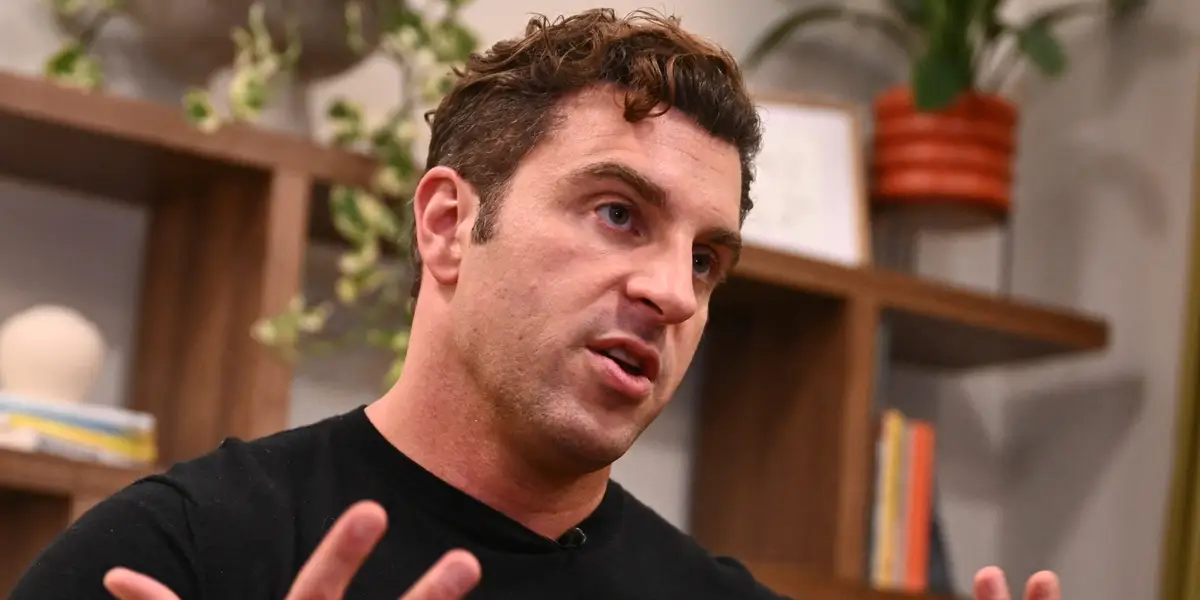By Niyi Kolade
Copyright tribuneonlineng

Creativity is a journey from imagination to impact, and along that path lies invention – the process of transforming an idea into something tangible, functional, and valuable. Within the Seven I’s of Creativity, invention is the stage where abstract possibilities evolve into practical realities. It is the expression of human ingenuity in the form of new devices, methods, systems, or processes that solve problems or enrich lives.
History is full of inventions that have reshaped human existence: the printing press, the light bulb, the telephone, the automobile, and the internet. Yet invention is not limited to monumental breakthroughs; it also includes everyday innovations such as a new cooking recipe, a unique classroom teaching aid, or an original business model. This article explores invention as a key pillar of creativity, its meaning, importance, process, challenges, and impact.
Understanding Invention
In simple terms, invention is the act of creating something that did not previously exist. Unlike discovery, which uncovers what is already present in nature, invention is a product of human imagination and effort.
For example:
Discovery: Finding fire or electricity.
Invention: Developing matches, the electric bulb, or the computer.
Thus, invention is an applied form of creativity—it is where imagination and ideas become tools, technologies, or techniques that shape the world.
The Role of Invention in Creativity
Practical Application of Ideas
While ideas are essential, they gain power only when implemented. Invention turns abstract concepts into usable realities.
Problem-Solving
Inventions often arise to address specific challenges. The washing machine, for instance, was invented to ease the burden of manual laundry.
Advancing Knowledge and Society
Each invention creates a foundation for new knowledge and further inventions. The airplane, for example, opened the door to space exploration.
Economic Growth
Invention drives industries, creates jobs, and stimulates economies. Societies that value invention tend to advance faster than those that do not.
Improving Quality of Life
From medical devices that save lives to digital platforms that connect people, inventions significantly enhance human well-being.
The Process of Invention
Invention is rarely an instant stroke of genius. It follows a series of steps, often described as:
Problem Identification
Every invention begins with recognizing a need, a gap, or an inefficiency.
Idea Generation
Imagination and brainstorming generate possible solutions.
Experimentation and Prototyping
The initial concept is tested through prototypes, models, or trials.
Testing and Refinement
The invention undergoes iterations to improve its effectiveness.
Implementation and Use
The final product is released, adopted, or applied in society.
This cycle reflects that invention is both creative and practical—balancing visionary ideas with rigorous testing.
Historical Examples of Invention
The Printing Press (Johannes Gutenberg): Enabled mass production of books, revolutionizing education and communication.
The Light Bulb (Thomas Edison and others): Extended human activity into the night, transforming industries and lifestyles.
The Telephone (Alexander Graham Bell): Changed the way humans connect across distances.
The Airplane (Wright Brothers): Made global travel and commerce possible.
The Internet: Perhaps the most transformative invention of modern times, reshaping communication, trade, and culture.
These inventions highlight that creativity, when channeled into invention, has the power to alter history.
Everyday Inventions
Not all inventions are monumental. Many arise in small ways that still transform life:
A student designing a simple app to help peers organize study schedules.
A farmer inventing a low-cost irrigation method for local crops.
A teacher creating a playful learning tool for children.
Such inventions demonstrate that creativity is universal; invention is not the privilege of famous scientists alone but is accessible to anyone who seeks to improve life through new solutions.
Challenges in the Invention Process
Resource Limitations
Many great ideas fail to become inventions due to lack of funding, tools, or expertise.
Fear of Failure
Invention often requires repeated attempts, yet fear of mistakes discourages persistence.
Resistance to Change
Society sometimes resists adopting new inventions, preferring established habits.
Intellectual Property Concerns
Protecting inventions through patents can be costly and complex.
Ethical Dilemmas
Not all inventions are beneficial. Weapons of mass destruction, for example, raise questions about the morality of invention.
Nurturing the Spirit of Invention
Encourage Experimentation
Invention thrives in environments where trial and error are welcomed. Failure should be seen as a stepping stone, not an endpoint.
Provide Access to Resources
Access to laboratories, funding, and mentorship helps inventors turn ideas into reality.
Foster Collaboration
Many inventions result from teamwork, where different skills and perspectives come together.
Promote Curiosity and Observation
Observing everyday challenges often sparks inventive solutions.
Integrate Technology and Knowledge
Keeping up with technological advances and cross-disciplinary learning expands inventive potential.
Invention in the Seven I’s of Creativity
In the framework of the Seven I’s, invention represents the transition from thought to action. Imagination, information, and ideas prepare the ground, while invention embodies the act of creation. Inspiration and intuition often guide inventors, while innovation scales and commercializes their work.
Thus, invention sits at the heart of creativity: it is the tangible manifestation of all the other I’s working together.
The Future of Invention
The 21st century promises to be an age of unprecedented invention. Artificial intelligence, renewable energy, biotechnology, and space exploration are opening new frontiers. Yet, alongside groundbreaking discoveries, small-scale inventions in local communities will continue to play a crucial role in solving everyday challenges.
Future inventors must balance ambition with responsibility. Ethical considerations such as sustainability, equity, and social impact, must guide invention to ensure it benefits humanity rather than harms it.
Invention is the creative act of bringing ideas to life. It transforms imagination and information into reality, solves problems, advances society, and improves human existence. From historic breakthroughs like the printing press to modern digital tools and everyday problem-solving devices, inventions embody the best of human creativity.
As one of the Seven I’s of Creativity, invention represents the shift from possibility to reality. It reminds us that creativity is not merely about dreaming but about doing; taking bold steps to transform ideas into solutions that shape the world.
Invention calls for courage, persistence, and vision. Every invention, no matter how big or small, has the power to inspire further creativity. When imagination meets determination, invention becomes the bridge between thought and transformation – the living proof of human potential.



